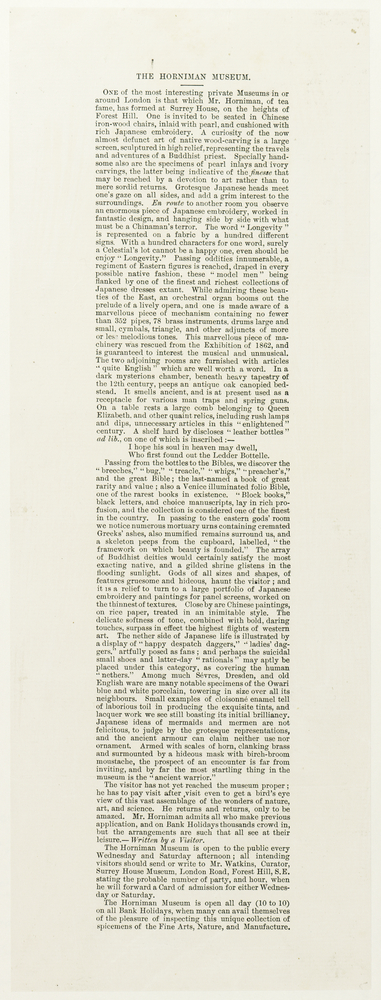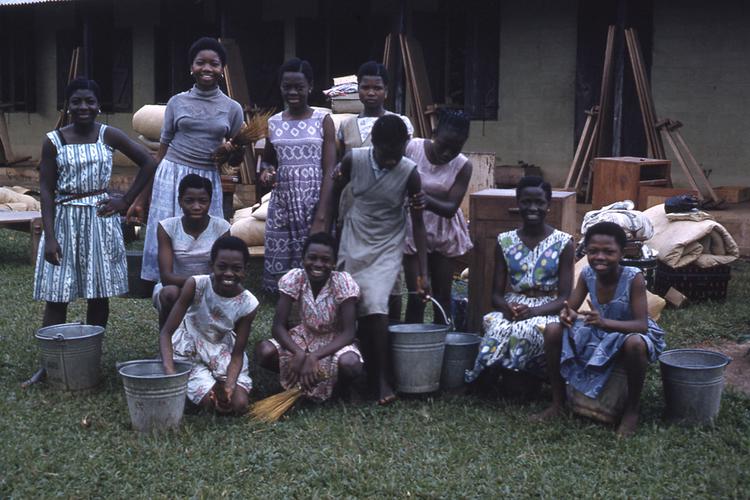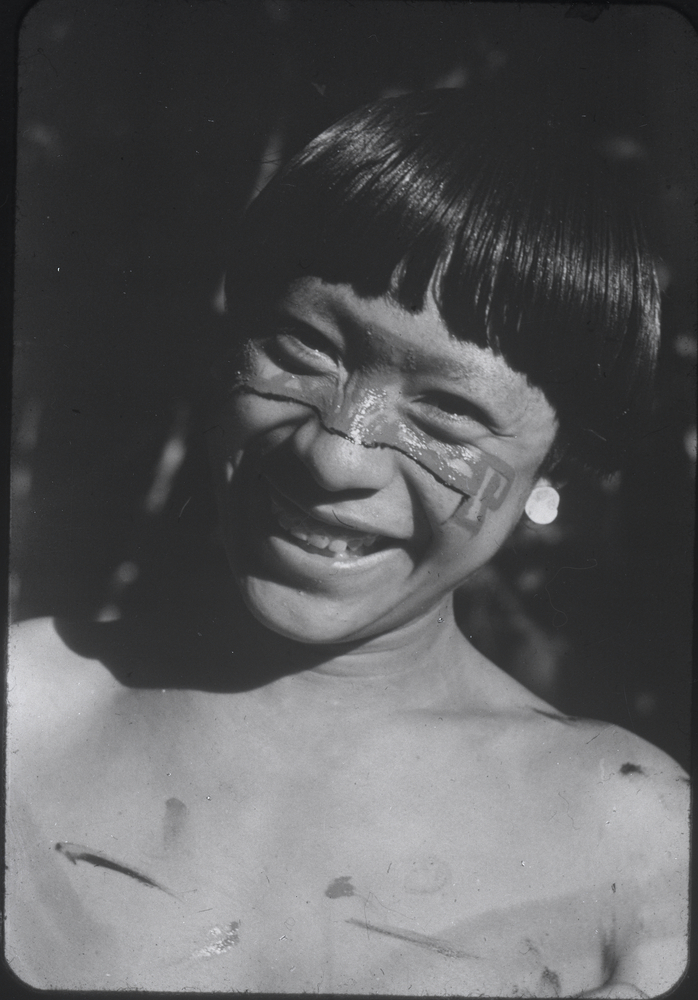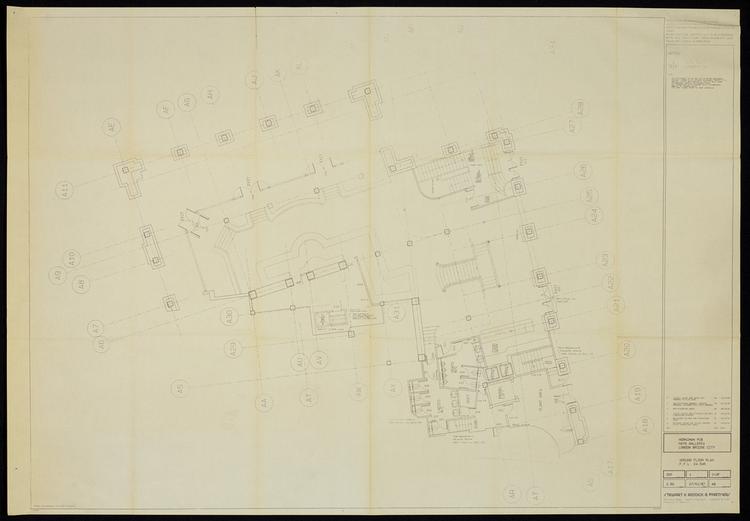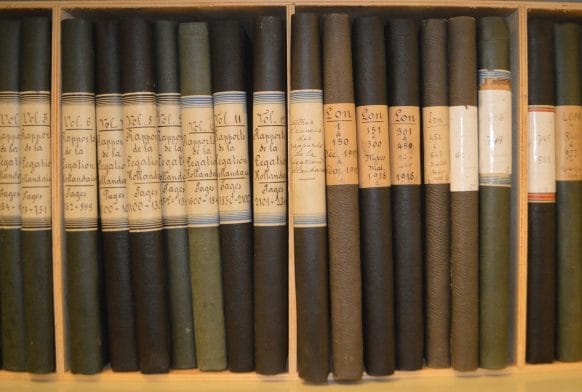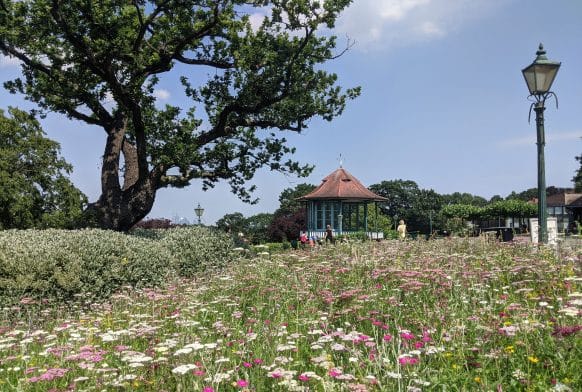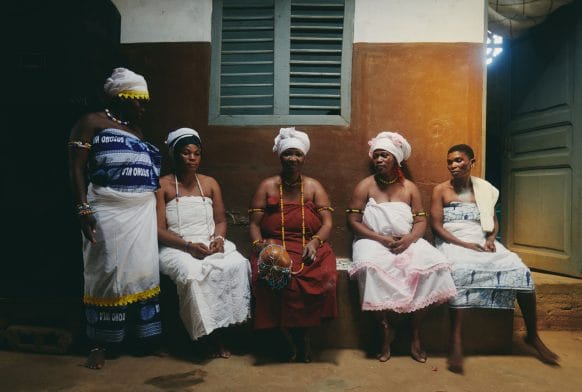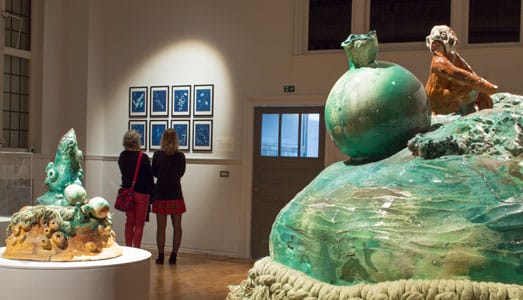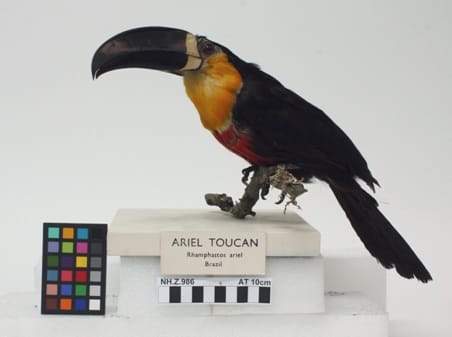This volume was published jointly by the Horniman Museum and The Museu Antropológico da Universidade Coimbra. This publication was the result of the first Horniman Research Conference, Collectins and Innovations, held in 1997, which focused on the means, motivations and purposes behind collecting and the ability of collections to communicate alternative messages beyond those they were originally intended to illustrate.
The volume features the following papers: The Eloquence of Objects (Roger Cardinal); Leon Underwood: An Artist Collector (Celina Jeffrey), The Dogs of Fo: Gender, Identiy and Collecting (Sarah Cheang); Scholars and Connoisseurs: Knowledge and Taste. The Seligman Collection fo Chinese Art (Nicky Levell); Naga Indepedence, Women and Radical Collectors: Themes in the Horniman Museum's Naga Collection (Andy West); In the Shadow of the palace: Frederick J. Horniman and His Collections (Ken Teague); Merchants, Musicians and Missionaries: Contribotrs to the Musical Instrument Collection of the Horniman Museum 1898-1998 (Margaret Birley); Quex for Adventure: The Powell-Cotton Family Enterprise From Field to Showcase (Keith Nicklin); From the Fetish to the Speciment: The Ridyard African Collection at the Liverpool Museum 1895-1916 (Louise Tythacott); Discontinuous Histories: The Royal Albert Memorial Museum, Exeter and its African Collection 1868-1996 (Nicky Levell); Rational Passions: Frederick John Horniman and Institutional Collectors (Anthony Shelton); The Arts of the Portuguese Empire: The Emergence of Cokwe Art in the Province of Angola (Nuno Porto).
Collectors: Expressions of Self and Other (edited by Anthony Shelton, 2001)
Continue exploring archive
Collection Information
These objects are only a part of our collections, of which there are more than 350,000 objects. This information comes from our collections database. Some of this is incomplete and there may be errors. This part of the website is also still under construction, so there may be some fields repeated or incorrectly formatted information.
The database retains language taken from historical documents to help research. Please note that some records may feature language and reflect systems of thinking that are outdated and offensive. The database also includes information on objects that are considered secret or sacred by some communities.
If you have any further information about objects in our collections, can suggest corrections to our information or if you see content requiring immediate action, please contact us: enquiry@horniman.ac.uk



